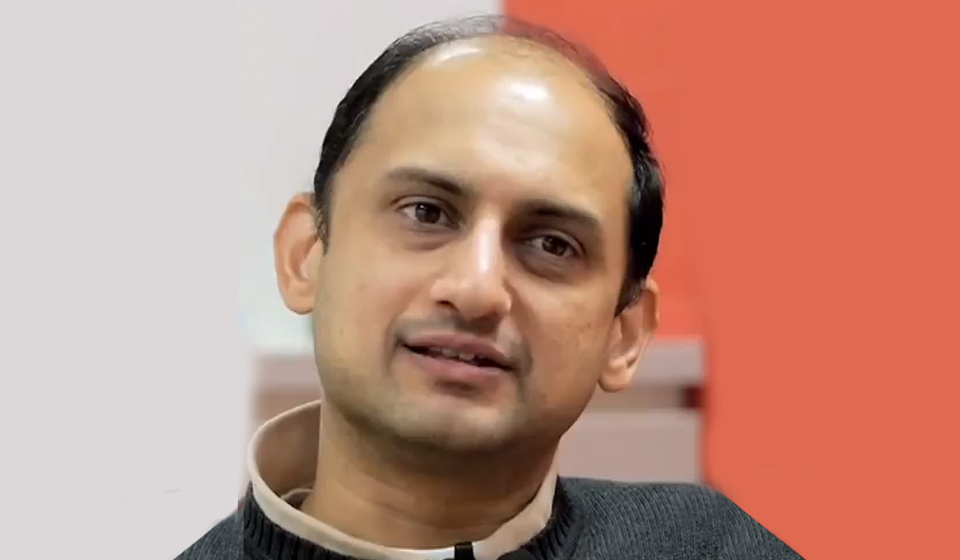
RBI’s Viral Acharya not the first to resign over difference of opinion

RBI Deputy Governor Viral Acharya, who quit six months before the end of his term, is not the first person to resign from the central bank under the Narendra Modi government. India’s top bank has seen a spate of exits during the past three years amidst controversies and differences of opinion.
“A few weeks ago, Dr Acharya submitted a letter to the RBI informing that due to unavoidable personal circumstances, he is unable to continue his term as a Deputy Governor of the RBI beyond July 23, 2019,” the RBI said in a statement on Monday (June 24).
This is the second key exit within six months at the RBI and the third since Modi became India’s Prime Minister. In December, Governor Urjit Patel resigned nearly nine months before the end of his schedule term over differences with the government. Unlike the government, Patel was reluctant in releasing excess funds to ease liquidity crisis that market was facing due to a collapse of non-banking financial companies (NBFC) sector.
Also read: RBI Deputy Governor Viral Acharya quits six months before his term
Both Patel and Acharya were unhappy with the government’s alleged intervention into key decision-making of the RBI. In October 2018, Acharya also raised concern over the importance of RBI’s independence. He said that the government’s interference negates its autonomy to function.
Though Acharya had cited “personal reasons” for stepping down, his long history of disagreements with the government makes it appear as a sign of protest. The Competent Authority is still considering the resignation.
His departure as the RBI Deputy Governor has left the central bank with three deputy governors — N S Vishwanathan, B P Kanungo and M K Jain.
RBI Governors who quit
Former RBI Governor Raghuram Rajan decided to leave RBI in June 2016, as he wanted to go back to his old job in Chicago. During his tenure, he was often criticised for his interest and exchange rate policies.
Another RBI Governor Bimal Jalan, who was Governor from November 1997 to September 2003, also cut short his extended term as he took over a Rajya Sabha seat at the time. In the early 1990s, RN Malhotra resigned as the RBI governor after it was conveyed to him that the government wanted him out. Malhotra, who served during the time when the BJP leader Yashwant Sinha was the Finance Minister, was reportedly unpopular with the ministry due to his stance against the increased fiscal deficit.
Historically, six RBI Governors including Patel have resigned their posts before the end of their tenure. The precedent for an RBI Governor resigning was set before Independence. The very first one to resign was Osbourne Smith in 1937 due to differences with the Finance Member of the Viceroy’s Council.
Similar trends
Apart from the RBI, officials in the finance ministry have also been leaving their posts. In June 2018, the Chief Economic Advisor (CEA) Arvind Subramanian left the finance ministry because of “pressing family commitments”. Recently, in his research paper, Subramanian has argued that India’s GDP growth may have been overestimated by at least 2.5 per cent.
Also read: Arvind Subramanian debunks Modi govt claim on rate of economic growth
In August last year, the Indian-American economist Arvind Panagariya, who was handpicked by Narendra Modi to lead the NITI Aayog, quit the job. Even though Panagariya was one of the most vocal supporters of Modi’s ‘Gujarat model of growth’, he is said to have written to Modi on the hardships inflicted on the public due to demonetisation. The reason given for the resignation was that his “leave from Columbia University was ending”.
Rajan has earlier stated that such resignations are a matter of great concern as “the act of resignation by a government servant or a regulator is a note of protest.”

